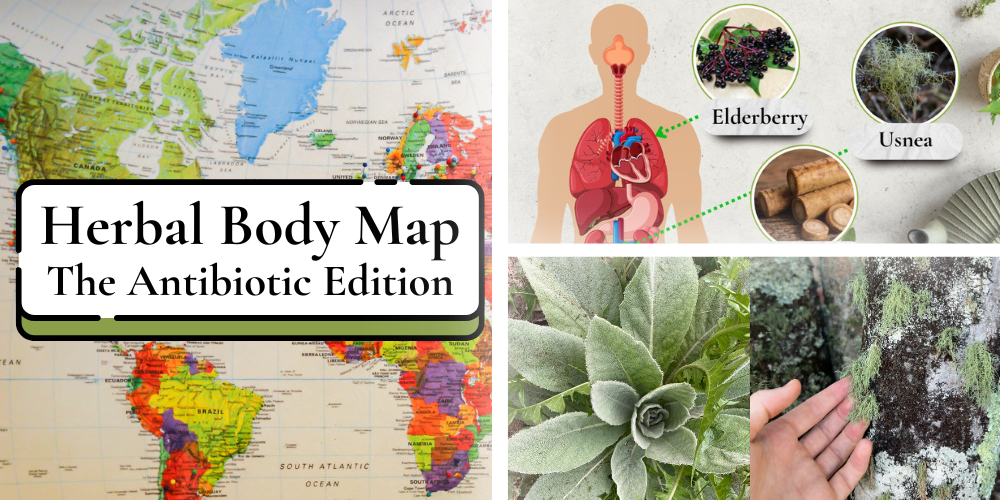
Where to Find FREE Antibiotics
Doctors will never tell you about this.
Synthetic antibiotics are like nuclear bombs for your gut bacteria. They destroy the gut bacteria as well as the good ones.
There is, however, a certain type of antibiotics that don’t damage your gut. Instead, they help nourish it with the essential minerals, vitamins and beneficial compounds it needs to function optimally.
The best thing about these specific antibiotics – is that you can find most of them outisde, in nature, FOR FREE.
To identify them on my daily walks or when I head out into the forest I don’t use apps or websites because the pictures don’t usually capture all the details needed for proper digital identification. That’s why I always take The Forager’s Guide to Wild Foods out with me – it’s light, it has large, color pictures and detailed instructions that can help me spot the antibiotics I need.
Now let’s take a look at the most common ones I usually identify, and you can too:
1. Yarrow
I’m sure you must have stumbled upon this one by now since it grows on almost every street of the world. Most people think it’s a weed – but it is actually a powerful blood-clotting agent and antibiotic. I usually dry it and grind it into a fine powder. Whenever I cut myself cooking, I sprinkle some of this powder over the wound and I’m as good as new in just a couple of days!
You can recognize Yarrow by its feathery leaves and flat-topped clusters of small white flowers. It has been used for centuries to treat wounds and infections. It’s one of the most popular antibiotics because it also contains compounds that have anti-inflammatory, antiseptic, and hemostatic properties. You can turn it into a tea, tincture, or a poultice.
2. Usnea
You can find Usnea growing wild on trees. It has a distinguishing characteristic of a white, rubber band-like core, so always look for this. You’ll find it useful because it stops the growth of bacteria like Escherichia coli, Staphylococcus aureus, and Streptococcus pneumoniae. It’s also very effective against fungi and viruses.
The best way to take any herbal remedy, but especially lichens, is as a tincture. Tinctures are probably the most powerful form in which you can take advantage of all the benefits of a plant, mushroom or lichen. When I don’t have the time to make my own, I take this Dual-Extracted Usnea Tincture Spray, made by one of America’s top herbalists. This is probably one of my favorites!
3. Garlic Mustard
Garlic Mustard is another plant that most people uproot or step on because it mostly grows in disturbed areas and even roadsides. Once I wash it, you can use it in salads, soups or as seasoning.
Garlic Mustard contains compounds that have antibacterial activity against pathogens like E.coli and Salmonella. Considering how food processing plants can be breeding grounds for pathogens like those if proper hygiene and sanitation protocols are not followed, this plant is a must-have in your Apothecary.
4. Pine Needles
Did you know that pine needles can have up to five times more vitamin C than oranges?
They are rich in antioxidants that have natural antibacterial properties. You can make a tea or a tincture out of them. I started drinking this before the cold season began, and I didn’t get sick once during the winter. It can boost your immune system and reduce inflammation significantly. You can harvest these from white pine trees that you can find in almost all environments, from cold, high-altitude forests to temperate lowlands.
5. Mullein
If it’s tall, has yellow flowers and woolly leaves – it’s probably Mullein! You might also know it as the Cowboy Toilet Paper plant.
While this might be controversial… I usually smoke this plant. It’s great for respiratory infections because it has compounds with anti-inflammatory and expectorant properties. Every time I have bronchitis or just a bad cough, I make a cigarette from this plant alone and it will clear my lungs immediately!
You can also find Mullein growing everywhere, from roadsides, to fields and disturbed soils. Like most of the natural antibiotics on this list, it thrives in all kinds of environments
6. Lungwort
You’ll also find Lungwort growing on the bark of deciduous trees in old-growth forests. It prefers cool, damp conditions in areas with high humidity.
It works on bacteria like Staphylococcus aureus and E.coli – and it does so by disrupting the bacterial cell membranes. It works the same for fungal infections! It’s a powerful alternative to conventional antibiotics.
When I don’t smoke Mullein, I usually like to pair it with this one. Together, in a tincture, are very effective against serious respiratory ailments.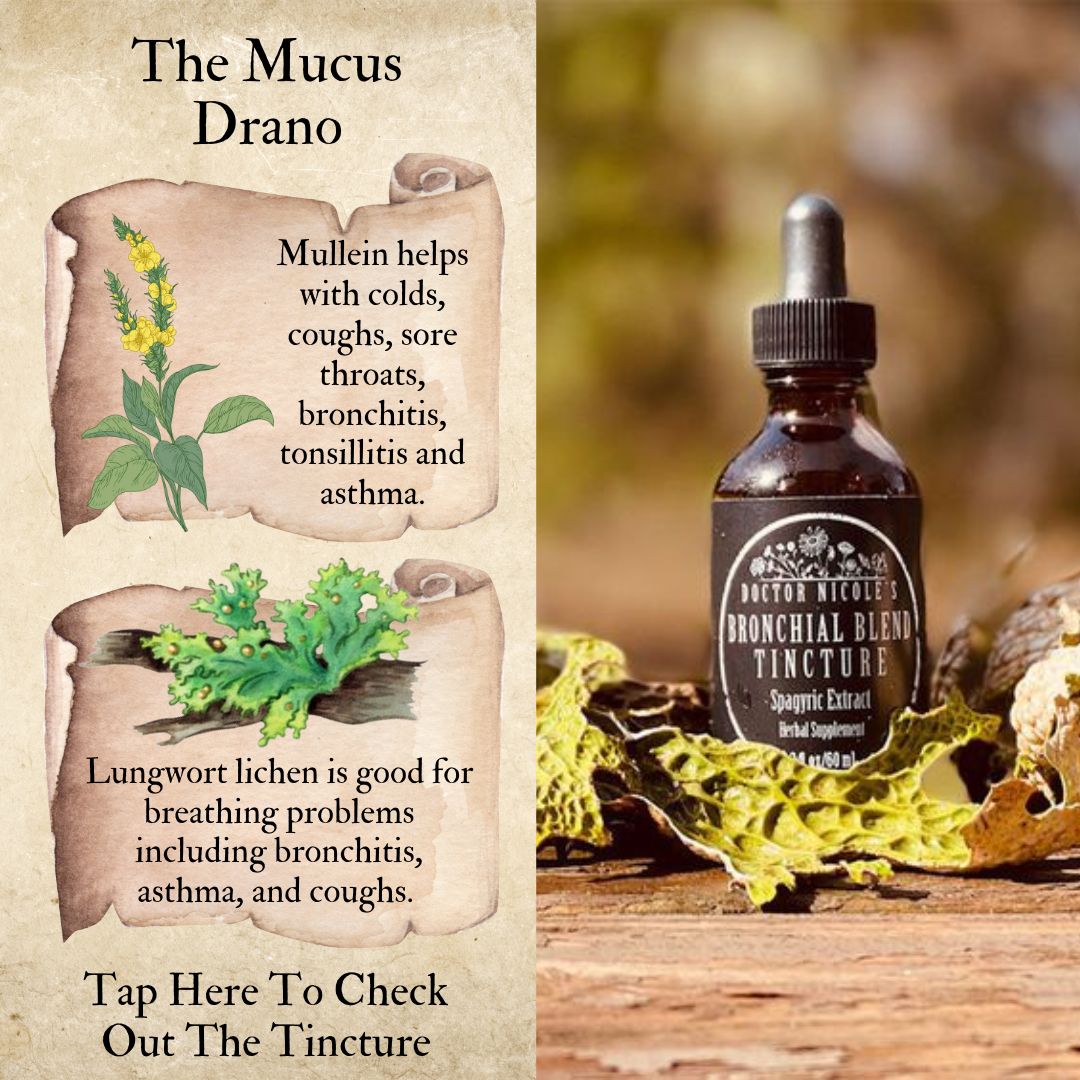
7. Juniper Berries
The sharp, piney, almost citrus-like flavor of gin comes from these berries.
What most people don’t know about them is that they’re actually rich in essential oils that make it harder for bacteria to multiply and survive. Studies have also shown that they can fight fungi like Candida albicans, a common cause of yeast infections.
They can also help you fight urinary tract infections and respiratory conditions because of their diuretic and expectorant effects. You can make an effective tincture out of them – it’ll be like your own antibiotic gin & tonic!
You’ll find it growing nearby forests, rocky hillsides, and even deserts!
8. Wild Sage
Compared to regular Sage, this is version that grows wild almost everywhere and can be foraged for free, contains higher levels of medicinal compounds, including antibiotic properties.
Not only is it a strong antibacterial and antifungal ally, but it can also improve your memory and thinking skills! Some doctors even prescribe it to help with post-surgery pain!
9. Elderberry
You’ll find this one growing along woodlands and riverbanks.
If you want to avoid or fight contagious illnesses, consider these little fruits your best friend. Several studies have proven them to be effective in reducing the duration of the flu and colds.
I like to take elderberry as this Dual-Extracted Elderberry Tincture, which is made from non-GMO, wild-harvested or organically grown herbs. It’s one of the few tinctures that can also be used by those with certain conditions like autoimmune disorders.
10. Burdock Root
Another common plant that’s so common you’ve probably spotted it on your walks.
I think you’re going to like Burdock thanks to its antimicrobial and detoxifying properties. Studies have proved its antibacterial activity against a wide range of pathogens.
You can turn it into a tea or a tincture.
There are of course many other plants I usually take but these 10 are the main ones Nicole mentions in her Academy. The best part about these is that they grow all over the world, not just the States.
In the Academy you can also watch her prepare every single one of these plants and turn them into powerful remedies that your grandma probably used to make when you were young.
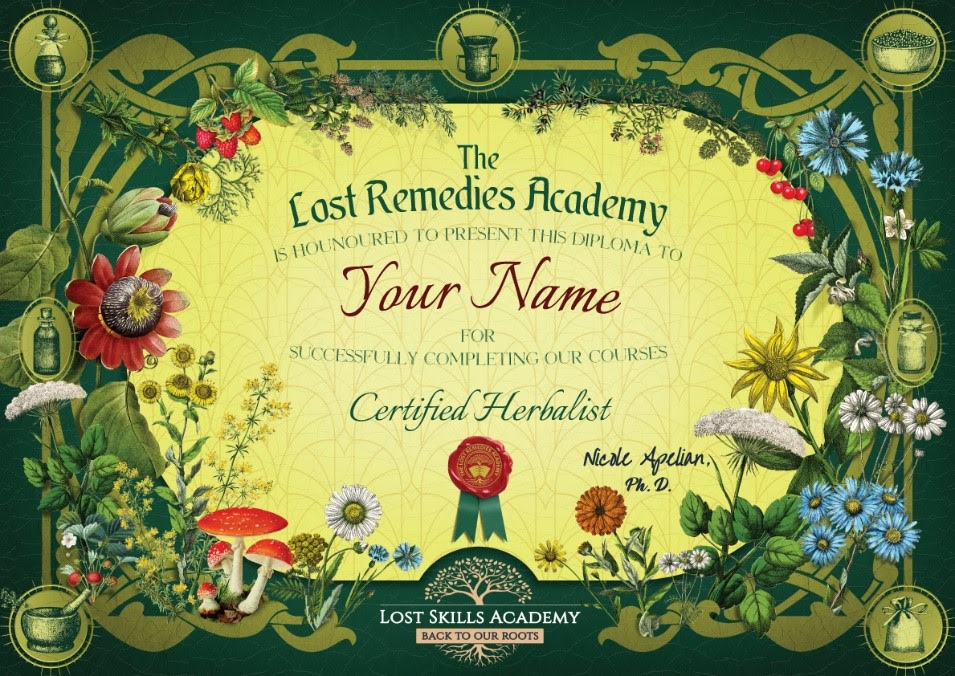 It’s probably the only class I’ve ever been a part of that covers almost all the ailments you might suffer from. The remedies we’re making aren’t just scratching the surface and treating the symptoms like most synthetic pills do, but they actually target the root cause of the disease.
It’s probably the only class I’ve ever been a part of that covers almost all the ailments you might suffer from. The remedies we’re making aren’t just scratching the surface and treating the symptoms like most synthetic pills do, but they actually target the root cause of the disease.
Some that I just learned how to make are:
- The Herbal Migraine Killer
- Nature’s Xanax
- Moon Milk
- The Redbull of the Woods
- The Amish Pain Elixir
- the DIY Antiparasitic Drano
- the Fever Sponge
- The Tincture That Can Help Every Part of Your Body At Once
- The Fatty Liver Repair Tea
- Homemade Anti-Fungal Salve
And so many others!
In the meantime, I invite you to check out The Lost Remedies Academy here.









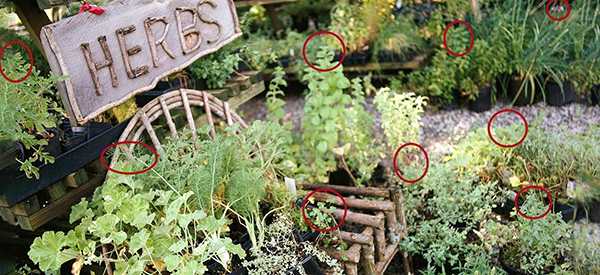
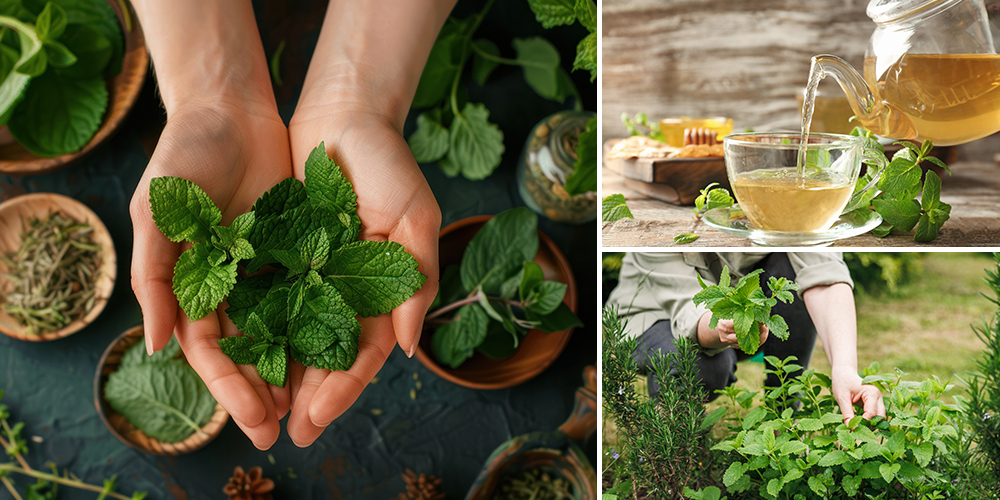
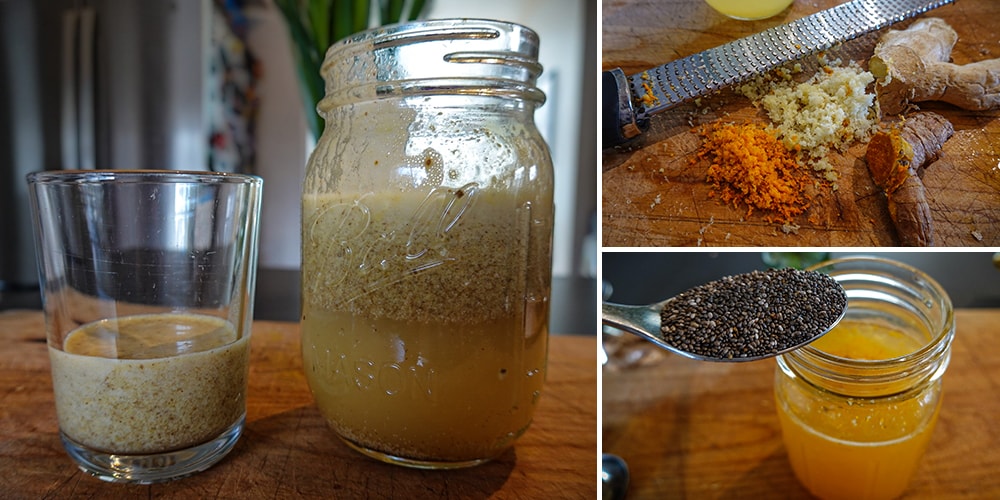
I’m excited to see this project….
Quite necessary in these days of uncertainty,
Thank you so much
So excited to learn how to get and store my own natural antibiotus, because the ones that doctirs prescribe causes even more priblems; esoecially wuth your gut after taking them. Glad to be on board .